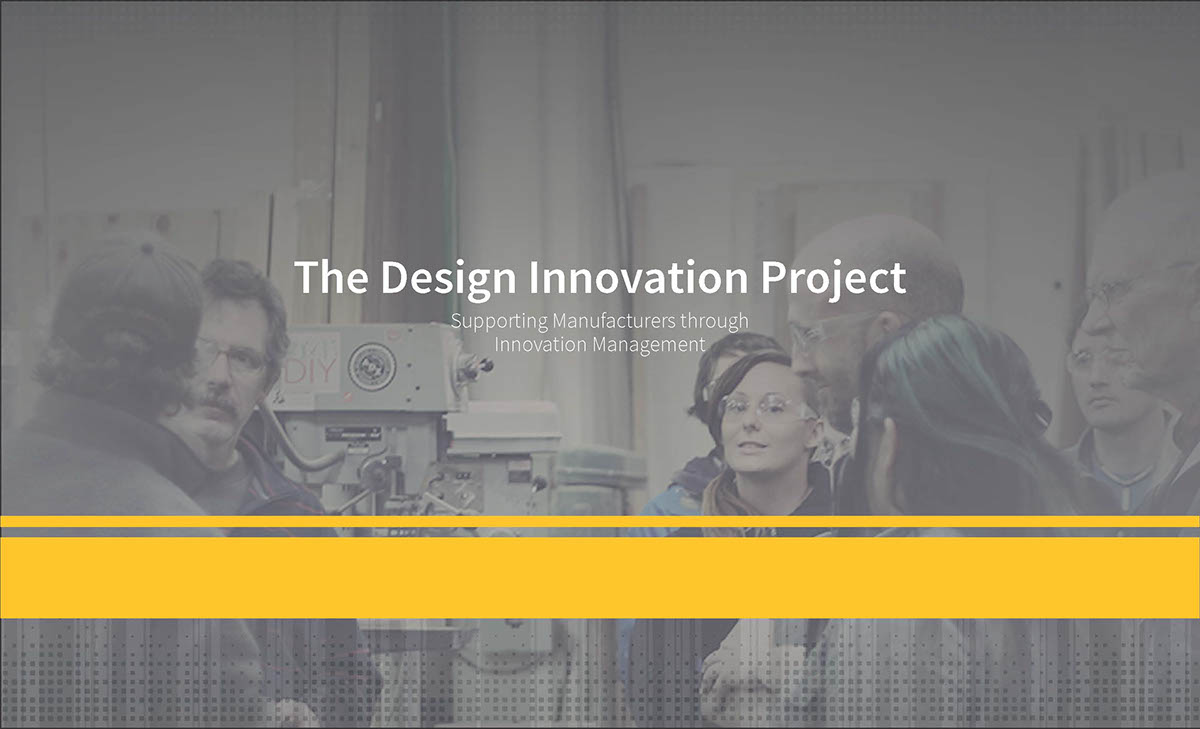
Abstract
Research on the innovativeness of small and medium manufacturers (SMMs) and their ability to support the generation and implementation of new business ideas was the basis of this project. Research questions were developed to identify traits, behaviors, policies, and procedures that supported the encouragement of challenging the status quo. The design of an innovation support device was prototyped and tested across a sample of the target audience. The implementation strategy and final artifact were developed to address the need of SMMs to support their ability to evolve in a rapidly changing manufacturing environment.
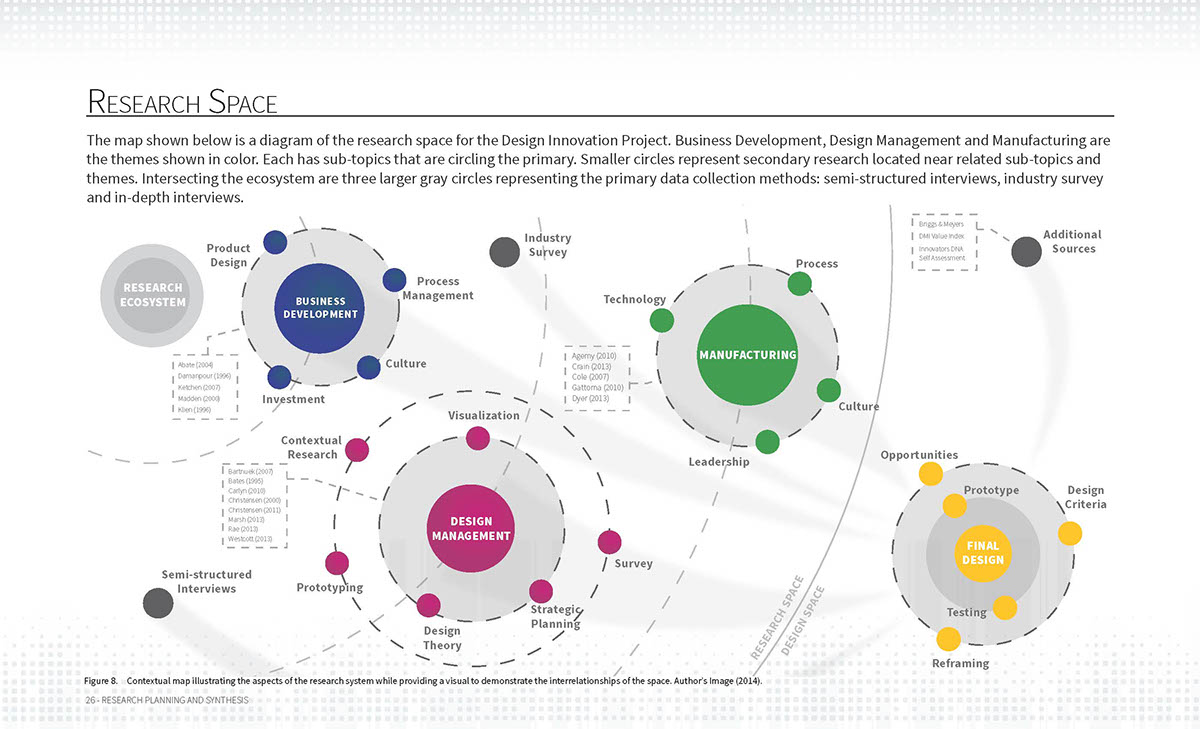
Scope
The scope of this project was the study of SMMs in and around southeastern Michigan in the period between September and November of 2014. A prototype for an in-depth survey, an interactive web application, and a recommendations data sheet were developed as part of this project. A video presentation and process book were created for public release.
This study did not develop any web applications. The survey did not extend to any companies outside the midwestern United States. The companies polled, interviewed or visited were not beyond the manufacturing or related sectors.

Reframing
This journey started with the intent to create a tool for analysis and classification of SMMs to evaluate and support innovativeness. The research demonstrated that this type of tool would be beneficial to SMMs. However, new insights found throughout the process had presented new opportunities. Reframing the project from the design of an evaluation tool to an innovation support tool was chosen to be the new focus of this project.
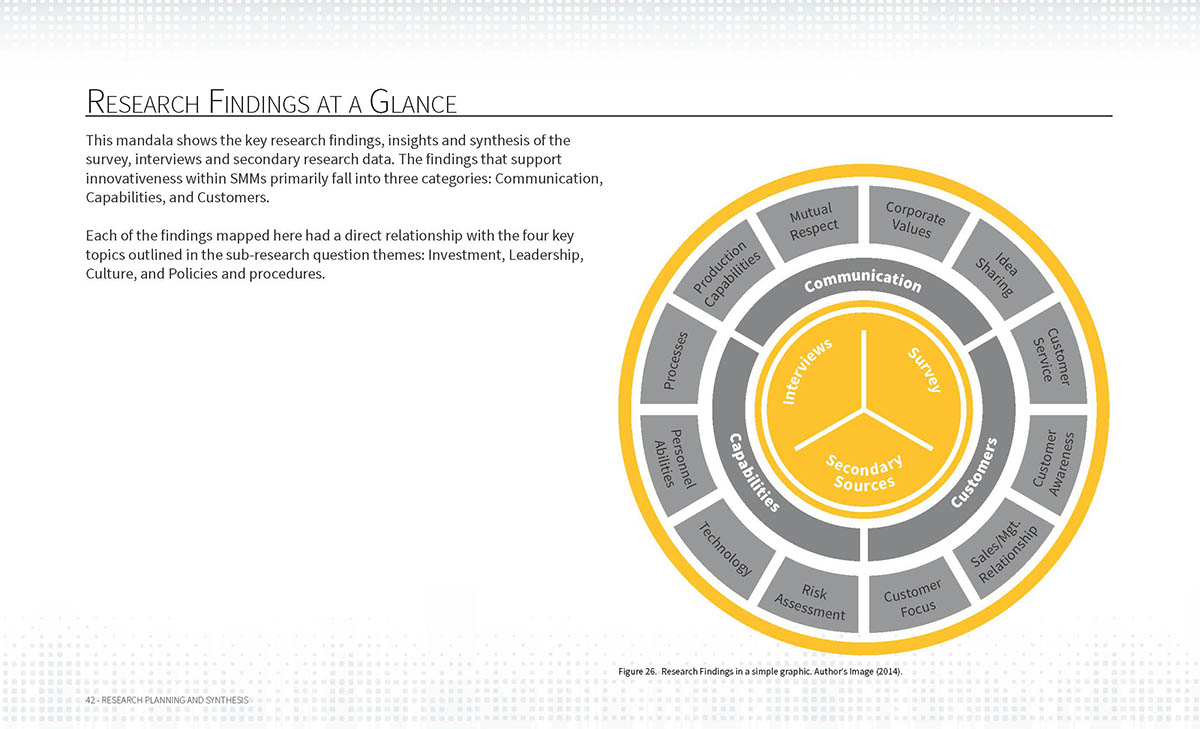

Final Artifact - Summary
The Vertical Innovation Kit (VIK) is a driver for SMMs to empower their workforces to generate ideas for continuous improvement of processes and systems on the shop floor. This design is for the increased communication between the workforce and leadership that will promote professional development and corporate values.
The final prototype includes:
- Personal Journal
- Team Log
- Large Format Visualizations
- Mobile Device Application
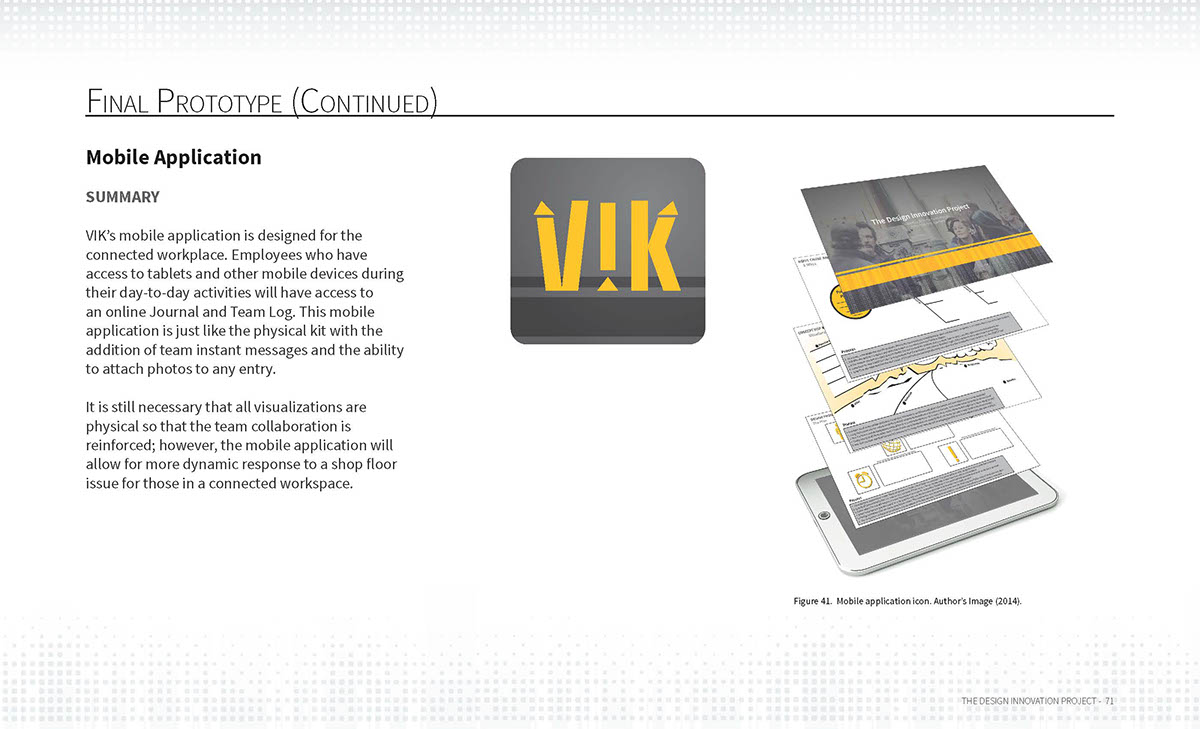
Affinity Diagram
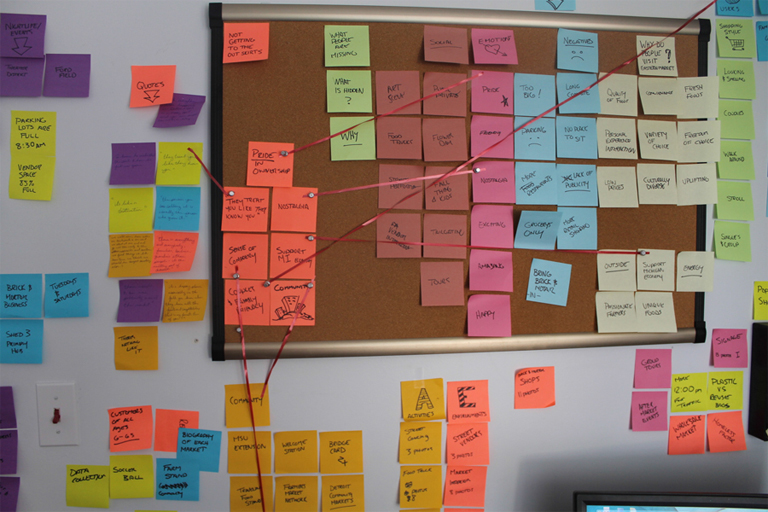
Conclusion
Though many organizations claim to be innovative, by definition only a small percentage actually are. Using the classifications of adopter categorizations as stated by Rogers (2003) there are five defined categories: Laggards, Late Majority, Early Majority, Early Adopters and Innovators. There are subtle distinctions between each category, but the use of new technology and processes or the change in business models does not make one innovative. The research has shown that innovation comes from bringing ideas to market and allowing those ideas gain acceptance to the point of widespread adoption.
The research conducted in the Design Innovation Project has led to an artifact that will support innovation category transition. VIK was designed to support and engage the workforce, empower individuals to follow through with their ideas, build a culture around teamwork and problem solving that will encourage category transition.


